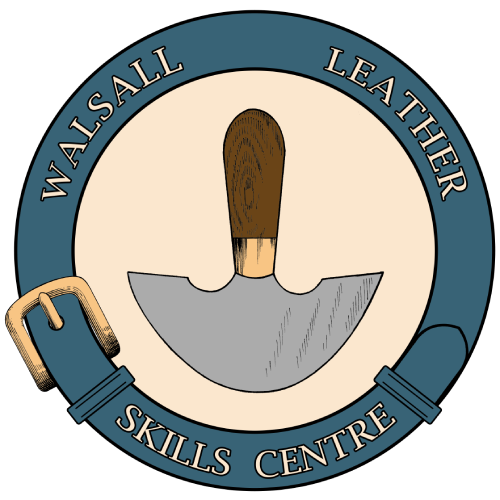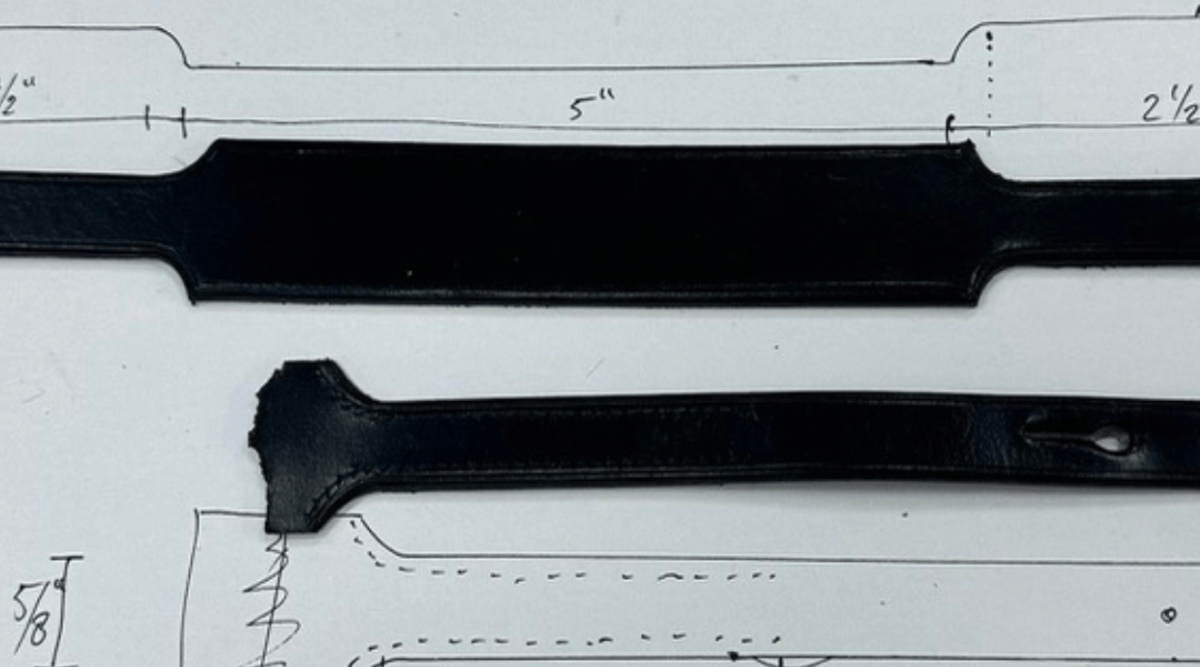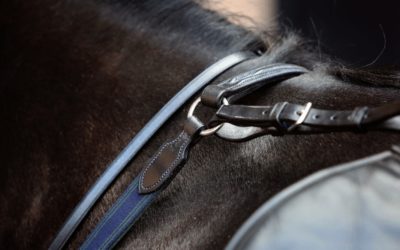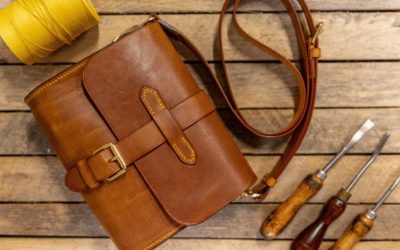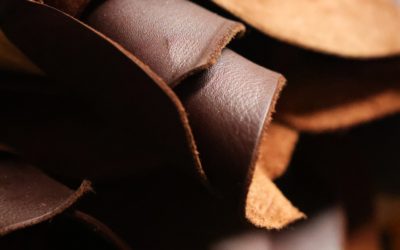Do you need to be great at technical drawing to become a good leatherworker? The answer is simple: **No**.
What you really need are basic sketches and diagrams that help record your designs, communicate ideas, and track your progress. Whether you’re a beginner or an experienced craftsperson, developing this skill can make your leatherworking journey smoother and more organised.
Why Sketching Matters
Think of sketches as your visual diary. They don’t need to be perfect or artistic—they just need to make sense to you. Here’s why they matter:
- Remember your process: A quick sketch helps you recreate past projects with ease.
- Consistency: Drawings ensure dimensions and techniques stay consistent.
- Communication: Share your ideas with clients or collaborators without confusion.
- Keep Records: Especially useful for bespoke work or customer orders.
Tip: Start simple. Use squared paper for guidance—no rulers needed—and focus on basic shapes and dimensions.

Building Confidence in Sketching
If you’re not confident with drawing, start with these simple steps:
- Draw in pencil first, go over key lines with pen, and erase the rest.
- Begin with basic projects like a keyring—minimal components make it easy to sketch.
- Capture essential details: dimensions, materials, and notes on construction or tricky steps.
Reminder: Your sketches are tools for communication, not art. They’re meant to be functional.

When to Sketch
It is never too early to start sketching even at the start of the project. Sketching helps plan materials, processes, and specifications. Especially useful for commissioned or repeatable work.
For after completion, sketches and drawings are a key part of documenting the design, dimensions, and techniques for future reference. It can be a great process to wrap up your project and make sure you have everything you need to recreate it years later.
Once you finalise a design, create reusable patterns:
- Use thick card stock for durability.
- Label patterns clearly: project name, leather type, date, and notes.
- Store them flat to avoid damage.
Patterns act as master templates for consistent results.
Overcoming Beginner Challenges
Many beginners worry they “can’t draw,” but sketching is simply a visual way to record and share information. Start small and improve naturally with practice.
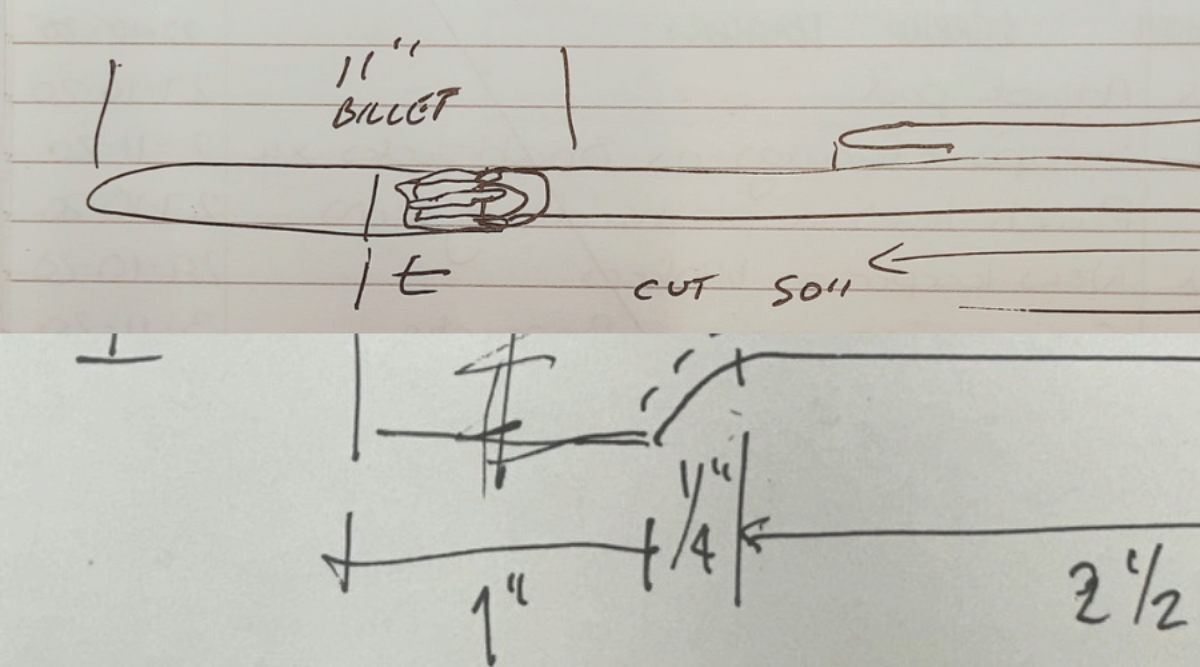
The sketches above might look like scribbles, but actually, they contain important information that means the item can be made again, to those specifications.
Remember: If you can write, you can sketch.
Start Your Sketching Journey
At Walsall Leather Skills Centre, we encourage students to incorporate sketching from the start. It builds confidence, improves learning, and helps track progress.
Interested in developing these skills further? Learn more about our Foundation Course.
Tag us @WalsallLeatherSkillsCentre on social media to share your sketches and inspire others!
